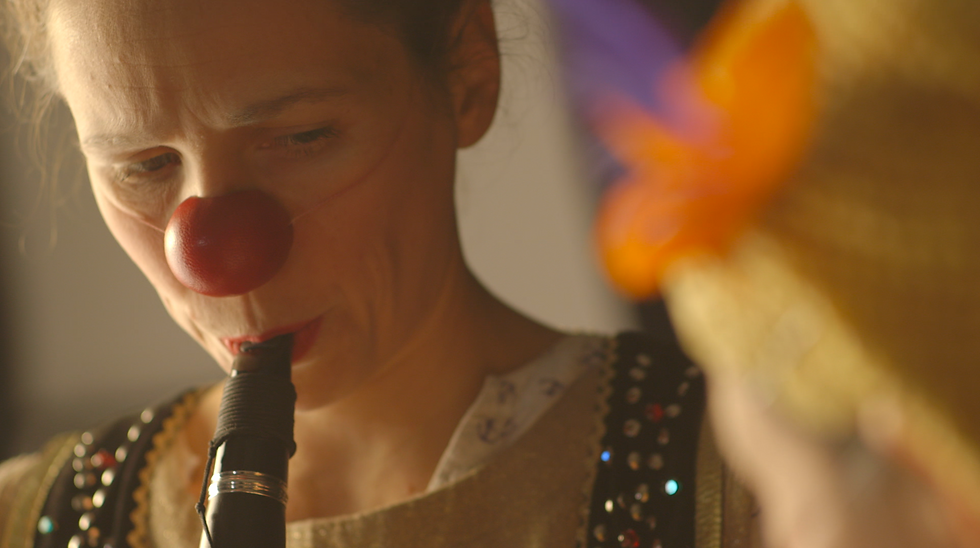CARLA MURESAN BVK
director of photography




Clown's Elegy
Documentary / in postproduction / D: Daria Kuschev / P: University for Television and Film Munich
"In Japan the crane is a symbol for a long and happy life. According to an ancient japanese legend - the legend of Senbazuru - the person who manages to fold 1000 cranes in paper can make a
wish. Sadako Sasaki was a young Japanes gril who developed leukemia after the atomic bomb attack on Hiroshima. When she heard about the legend of Senbazuru, she started her work to fold
1000 cranes. But unfortunately she died before she was able to accomplish her work. But the origami crane gave hope to Sadako and since her dead the origami crane also became a symbol for
peace.
In Sadakos time there haven't been no clinik clowns. But for me a clinik clown is a symbol like the crane. A symbol for hope.
Only in the 80ies the clown made his way into the hospitals to bring hope and joy to a place where it is needed: to give back hope and joy to the people who lost it due to sickdom and illness.
"Clown's Elegie" is a poetic essay about the human condition between life and death."
- Daria Kuschev, Director of "Clown's Elegy"
directed by DARIA KUSCHEV with JULIA GOTZMANN NORIKO SEKI cinematography CARLA MURESAN
sound DARIA KUSCHEV
production UNIVERSITY OF TELEVISION AND FILM MUNICH
© Carla Muresan 2022 | Impressum | Datenschutzerklärung